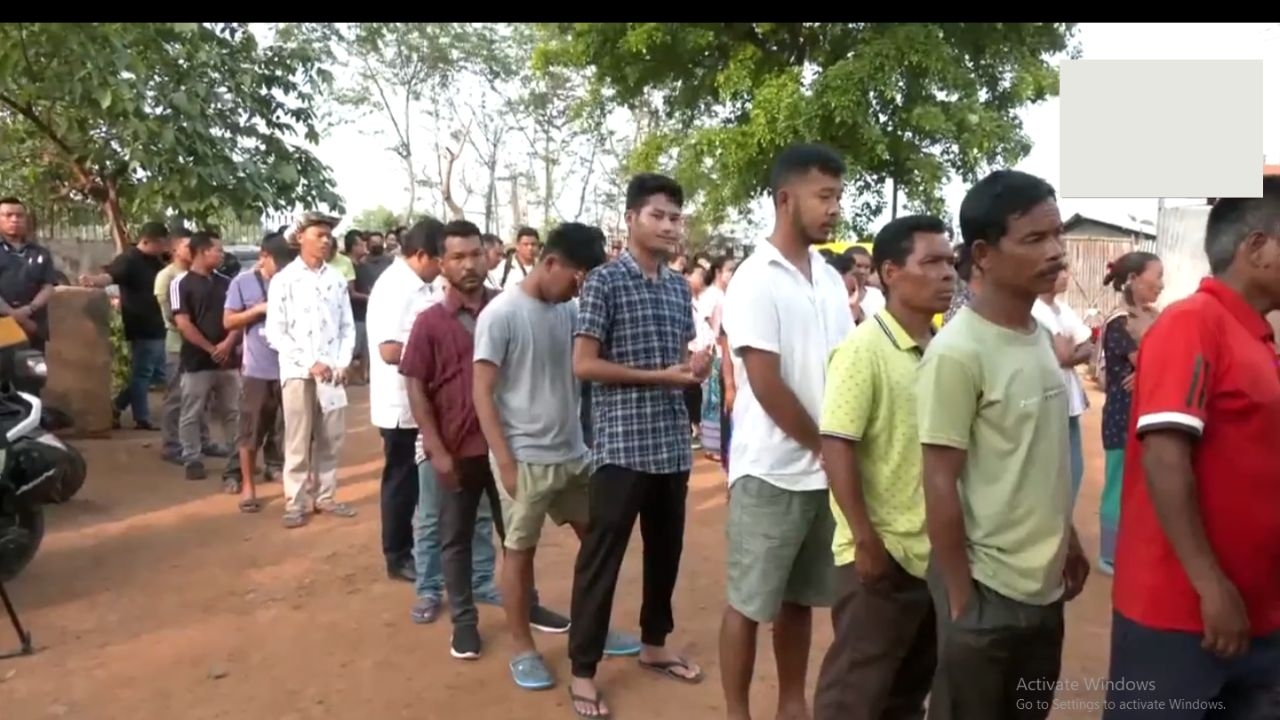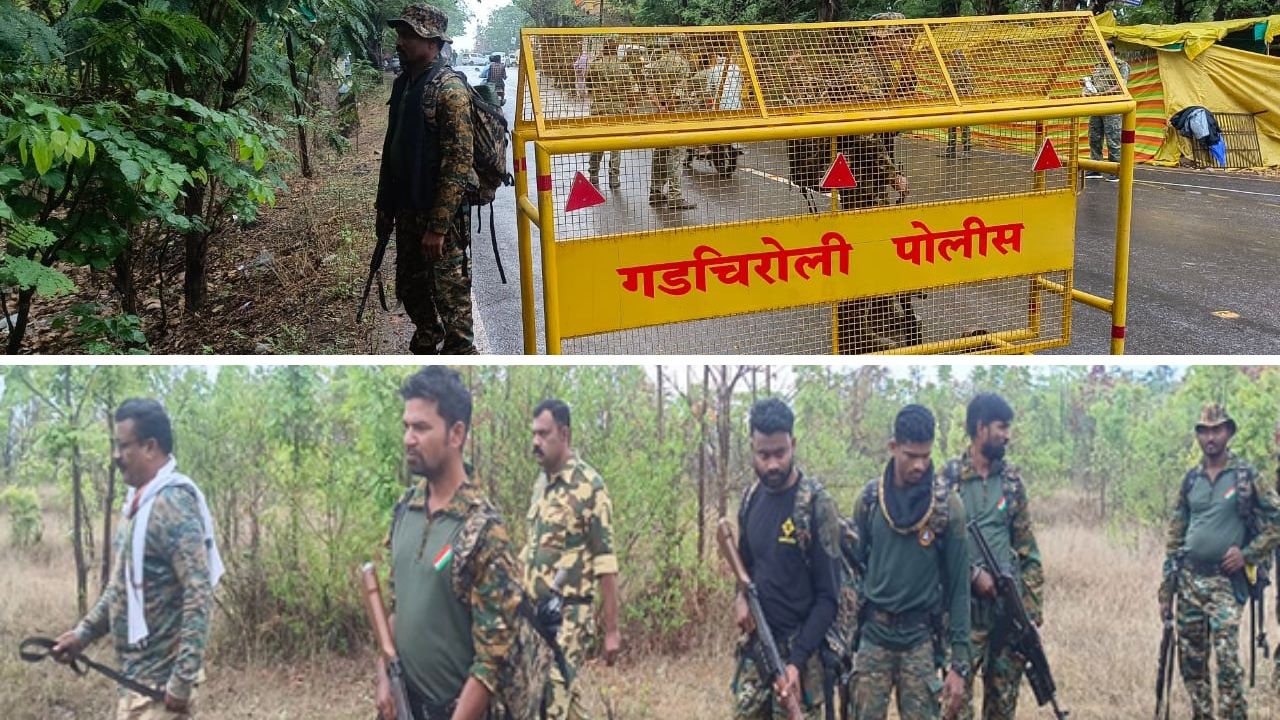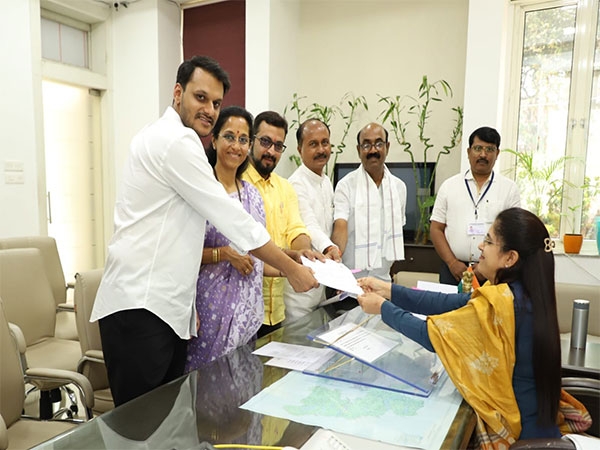Dalits in Dev Bhoomi: Why HP must stop turning a blind eye to rampant casteism
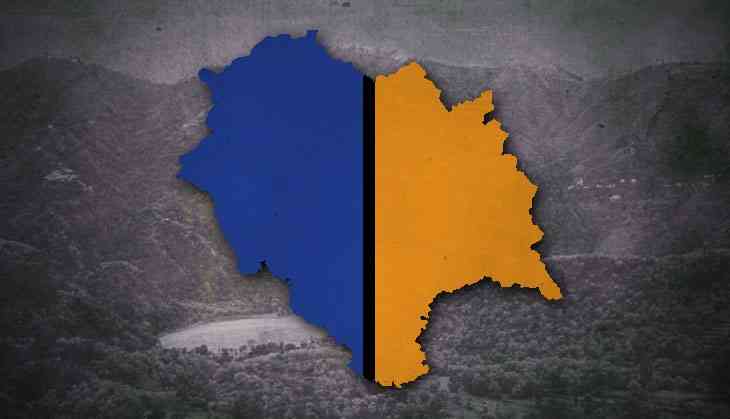
The incident of Dalit students of a government school in a Kullu village being made to sit separately outside at a place used for horses during the telecast of Prime Minister Narendra Modi’s ‘Pariksha Par Charcha’ on Friday is a grim pointer towards the rampant casteism in the hill state of Himachal Pradesh. This is something which the political class as well as majority of the people, have refused to acknowledge over the decades. The incident also blows in the face of those who have always tried to play up the social harmony in the 'Dev Bhoomi'.
But the fact of the matter is that caste atrocities in Himachal are as high as in several other states of the country. The difference is that they go unreported because of various reasons. It is high time that the government, administration and civil society come forward to acknowledge that this social evil is rampant and timely interventions need to be introduced.
Casteism continues to be practiced in various forms across the state. For example in several parts of the Kangra region, Dalits are not served tea with milk if they go to the homes of upper castes. An interaction with a cross section of the people in the Baghat area a few months back had revealed that there continue to be separate cremation grounds for the so called upper and lower castes. The most common example coming from across the state is about the Mid Day Meal programme where it is preferred not to employ a cook from the Scheduled Castes (SC) so that the students from other castes may not refuse the food being cooked in the school kitchen. There is also the practice of cooks for separate castes cooking meals both for the Mid Day Meal scheme as well as marriage feasts in the villages and serving to separate categories of guests. Social activists also point to Dalits not being allowed in temples in remote parts of the state.
These issues rarely get reported in main stream media and never form a part of the political narrative in the state.
“There is a clever design at work. The whole thing is linked to the local 'Asmita' or pride. The message that goes down is if such things are reported this would bring a bad name to the village, region and the 'Dev Bhoomi'. All this is a way of pressurising the Dalits to not report or take the atrocities being experienced to the logical conclusion,” points out social activist Kuldeep Verma who has been working in Trans Giri region of Sirmaur district.
“There are a lot of cases of atrocities that people take to the police but what follows is a deliberate attempt to delay the registration of the FIR. This gives ample time to the perpetrators to pressurise them into entering into a compromise. In case of Panchayats that are often dominated by upper castes, the matter is hardly reported and if it is reported at all the punishment meted out is sacrificing a goat and the matter stands hushed up,” he added while further adding that the political interference in smallest of matters makes things worse. This political interference often makes the officials wanting to act in cases of atrocities helpless.
Another prominent activist in the state Subhash Mendhapurkar relates that the problem has several other dimensions as well. “While the programme of economic inclusion started by the first chief minister Dr Yashwant Singh Parmar has yielded results things did not move ahead when it came to social inclusion. If you carry out a household survey in the state, the gap would not be too much between Dalits and others in economic terms. This has led to a scenario where everybody appears to be content with the way things are and the issue is not raised candidly on broader platforms.”
Dalits comprise almost one fourth of the total population in the state. Their number is maximum in the districts of Sirmaur, Kullu, Mandi and Solan.
“If you go by the population spread, there should at least be one fourth cooks for the Mid Day Meal scheme in the state. But the fact is that the number does not beyond two to three per cent. We recently got a Scheduled Caste cook appointed in a government school in Jagjit Nagar area but were soon approached by the Panchayat functionaries saying that the people were threatening a boycott,” he added.
So what is the solution? Activists are of the opinion that the mere presence of a law does not serve the purpose. The government, administration and the opinion makers have to accept that the problem persists and requires urgent intervention.
“The absence of Dalits at senior level, particularly in the police, is a big hindrance. Spreading awareness and sensitisation at all levels is also a must,” points out Verma.
Mendhapurkar gives another dimension to the issue saying. “It needs to be analyzed how much have the teachers and parents given up on caste discrimination. The teachers have the most important role to play in this.”
Himachal is a state that has done well in human development index in comparison to several other states of the country. But somehow the issue of caste has remained under the wraps for decades. It is time that its prevalence is candidly accepted and steps are taken to eradicate it.


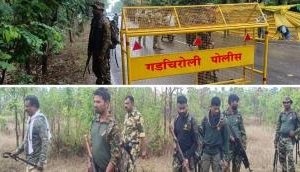

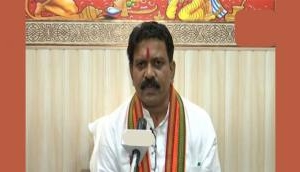
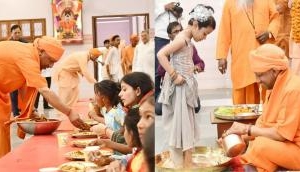

![BJP's Kapil Mishra recreates Shankar Mahadevan’s ‘Breathless’ song to highlight Delhi pollution [WATCH] BJP's Kapil Mishra recreates Shankar Mahadevan’s ‘Breathless’ song to highlight Delhi pollution [WATCH]](http://images.catchnews.com/upload/2022/11/03/kapil-mishra_240884_300x172.png)

![Anupam Kher shares pictures of his toned body on 67th birthday [MUST SEE] Anupam Kher shares pictures of his toned body on 67th birthday [MUST SEE]](http://images.catchnews.com/upload/2022/03/07/Anupam_kher_231145_300x172.jpg)




